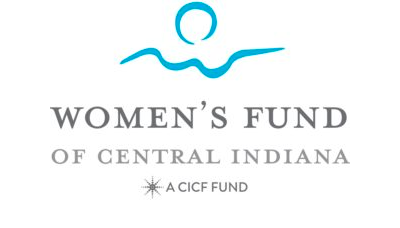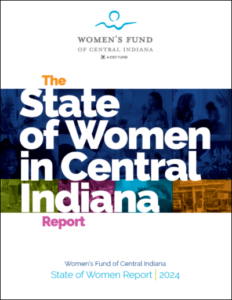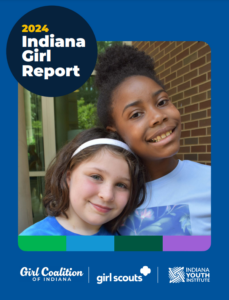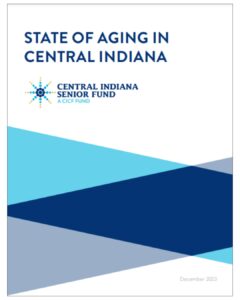 Written by Tamara Winfrey-Harris, President of Women’s Fund of Central Indiana
Written by Tamara Winfrey-Harris, President of Women’s Fund of Central Indiana
Women’s Fund of Central Indiana recently published its first-ever State of Women in Central Indiana Report (SOWR). The full report is free and available here. Combined with the Indiana Girl Report, a collaboration of the Girl Scouts of Central Indiana, Girl Coalition of Indiana, and the Indiana Youth Institute, and the State of Aging in Central Indiana Report, published by the Central Indiana Senior Fund, this is the first time that we have such a clear picture of what it means to be a woman or a girl in Indiana.
Created in partnership with the Polis Center at Indiana University Indianapolis, the study offers an unprecedented look at the conditions of women in our region through various data sources and, importantly, firsthand accounts.
Studies like the SOWR represent a powerful tool for nonprofit organizations. Not only can local data give us a better picture of our community to better calibrate services, but it can lend tremendous credibility to funding requests or grant proposals. Demonstrating a need through data can be persuasive for foundations who want to make an impact. 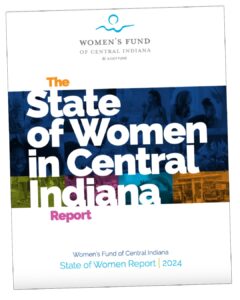
What We Learned from The State of Women in Central Indiana Report
Throughout the report, “Central Indiana” is mostly (but not always) defined as the eight-county region of Boone, Johnson, Hamilton, Hancock, Hendricks, Marion, Morgan, and Shelby.
At 52% of the Central Indiana population, female residents make up a larger majority here than in the state (50.4%) or the nation as a whole (50.5%). That’s because from 2012 to 2022, the total female population in these eight counties increased by 12%, exceeding the state’s growth in female residents (4%) and the nation’s (7%) during the same time.
In short, the condition of women in Central Indiana is the condition of a majority of Central Indiana.
That significant population growth accompanied the next largest social shift the study found for women in our region – educational attainment.
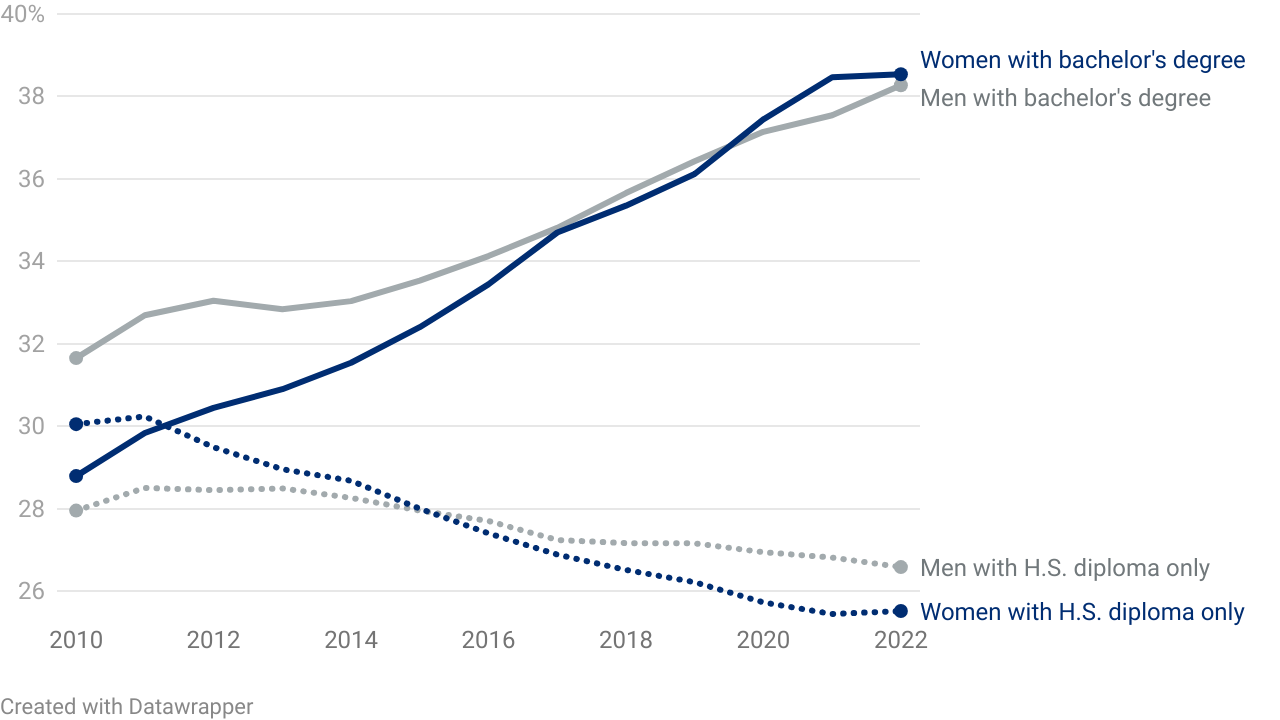
In 2010, women in this region were less likely than men to have a bachelor’s degree and more likely to stop education after high school. By 2019, both of those outcomes had reversed. (Nationally, that switch happened in about 2002 (Pew, 2023).)
Yet, overcoming the education gap between men and women did not overcome the wage gap. That is unfortunate since the SOWR study reveals that women’s incomes often bear a strong relationship to their outcomes.
In 2022, Hoosier women working full time earned about 75 cents for every dollar earned by a man. That was a 2% improvement over 2012, but Hoosier women still lagged the national average of 84 cents.
There are many ways to think about the wage gap. The SOWR collects data showing the potential impact caused by women’s participation rate in different job sectors.
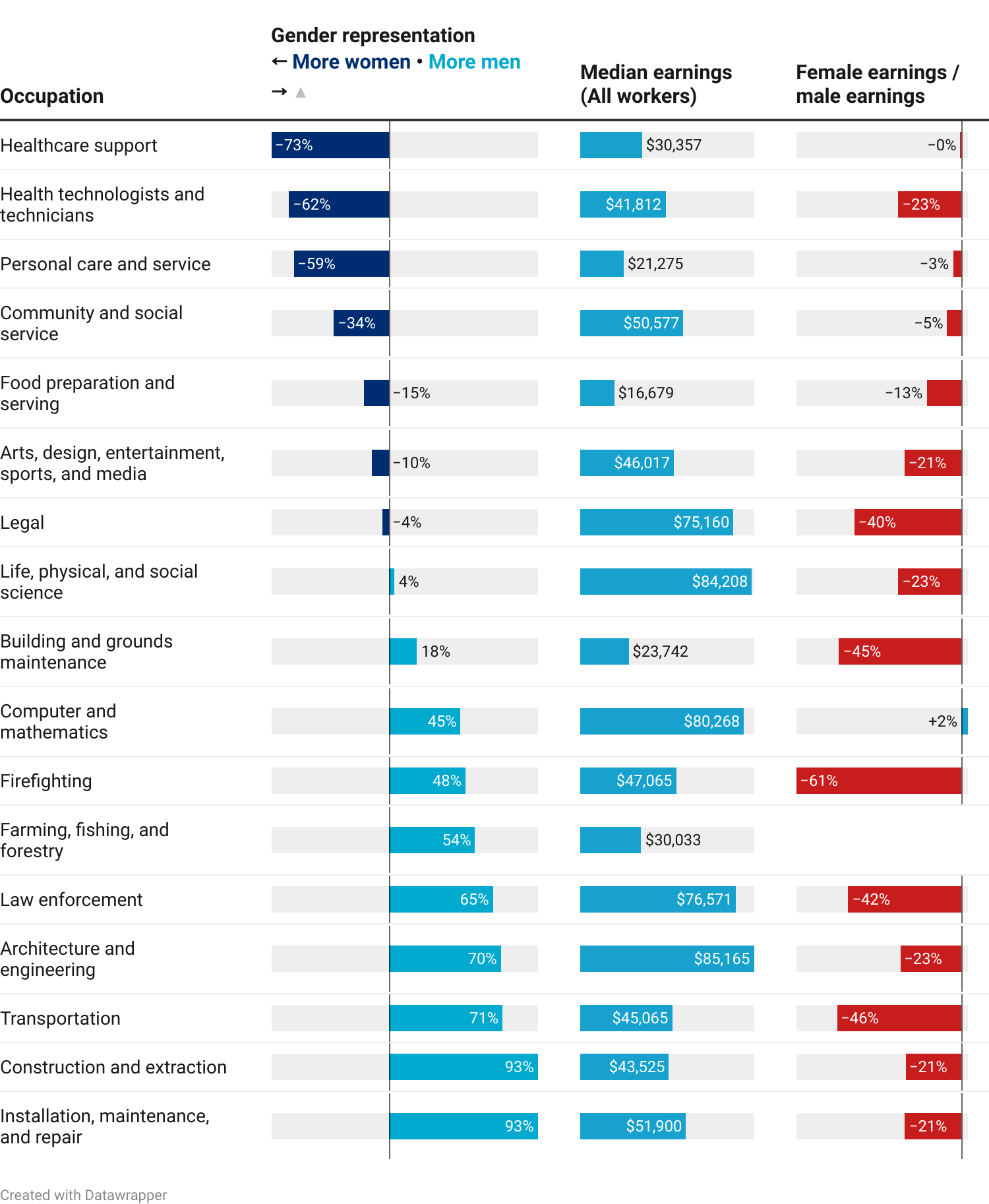
Generally, as women make up a smaller share of an industry’s workforce in our region, their earnings fall further behind male colleagues. However, a single industry proves to be an exception: computer/mathematics. This is the only job sector where women outearned men in Central Indiana. It is also one of the most male-dominated job sectors.
As the full report shows, women’s financial stability is the primary link in a chain that connects virtually everything – housing, health, personal safety, and more.
In Central Indiana, a majority of renters are women. Renters who are single mothers pay an average 48% of their income toward housing. That leaves them most vulnerable to rent increases.
From 2019 to March of 2024, rent prices in Central Indiana increased about 35%. That contributed to an estimated 60% of evictions in the region to be filed against women.
Surprisingly, the highest rates of eviction filings tended to be concentrated near the county’s edges rather than in the denser, lower-income census tracts of the city’s core.

Meanwhile, concentrated areas of poverty do seem to correlate with an increase in violence. That includes increases in the likelihood of domestic and intimate partner violence.
The SOWR is sure to note that domestic and intimate partner violence can impact women of any income, but it also demonstrates the income linkage visually. Two maps of Marion County highlight the overlap between high-poverty census tracts with areas of high 911 call volume for domestic violence.
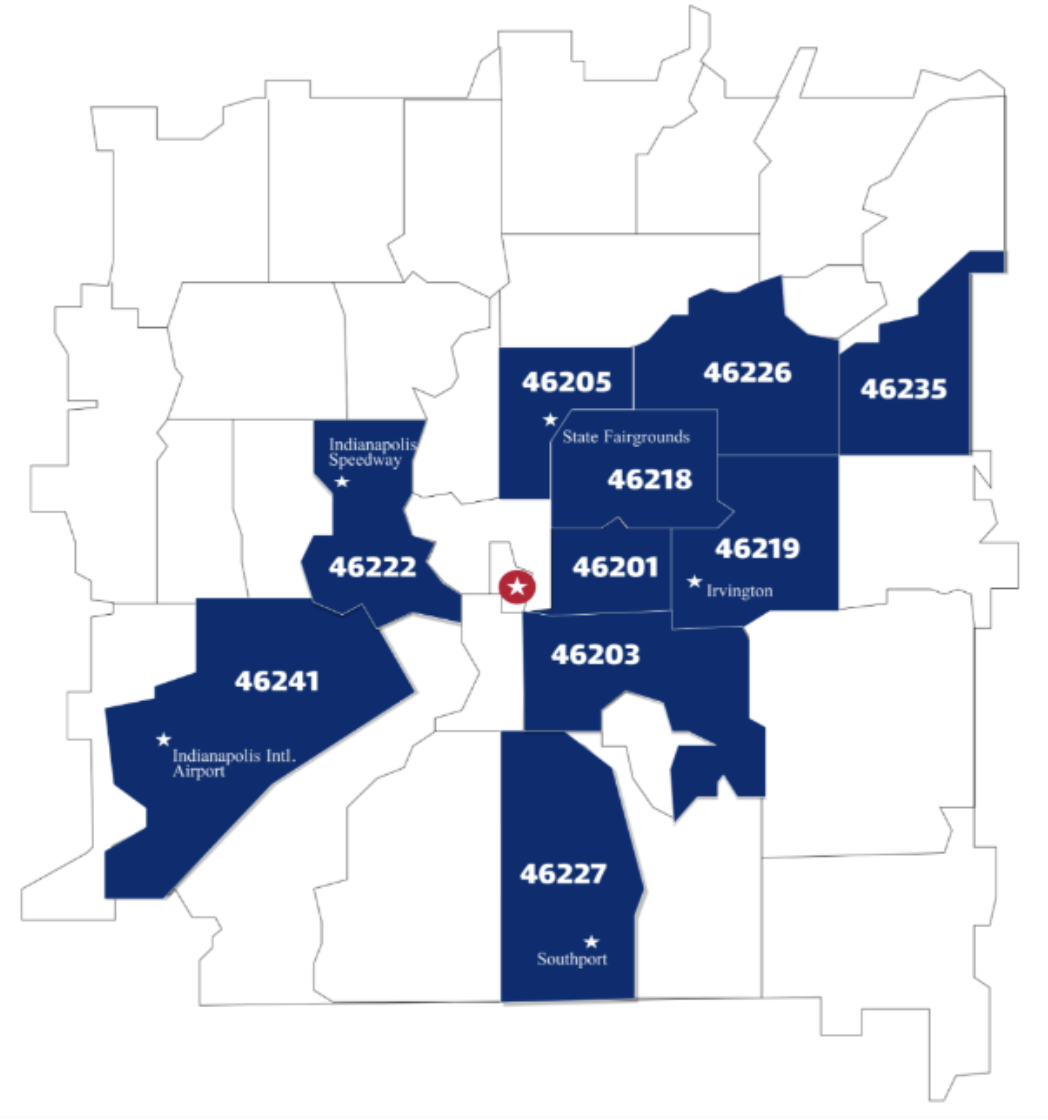
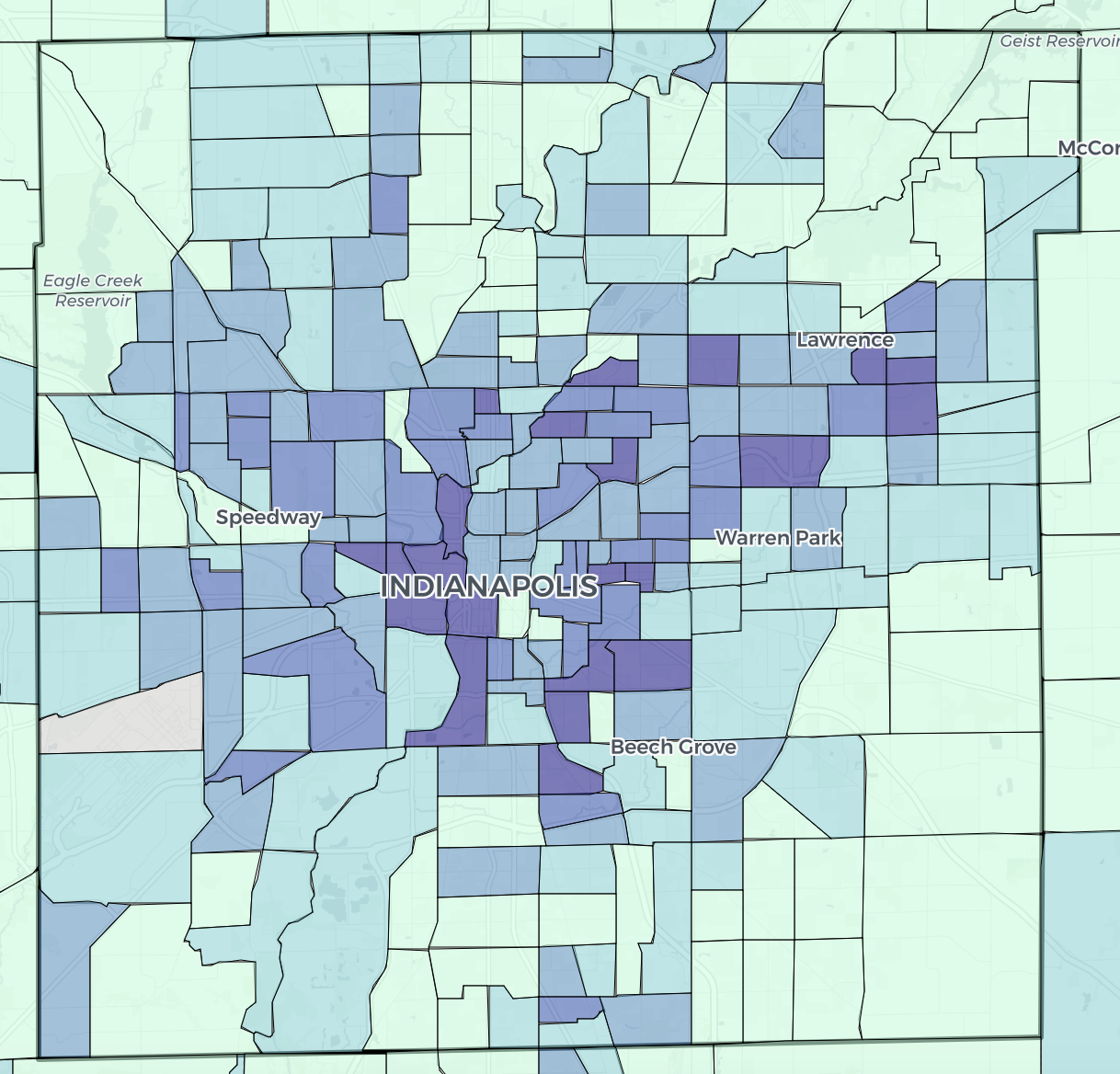
The full SOWR goes on to consider many other facets of women’s experience in Central Indiana – mental health, infant & maternal health, access to care, transportation, food access, and more.
As with any large report, we run the risk of data numbing us to the very human experiences that the data represent. For that reason, you will encounter women’s voices throughout this 150-page report.
But for nonprofits who want to target problems effectively, or who want to demonstrate the need in measurable ways that a funder or donor can consider when making grants, reliable data is indispensable.
Read the Reports
Women’s Fund is committed to listening to women, uplifting women, and advocating for women to enhance the experience of women in Central Indiana. We invite the community to review the data in all three of these reports and share them with others.
As author, disability rights advocate, political activist and lecturer Helen Keller once said, “Alone we can do so little; together we can do so much.”
